What is remote patient monitoring?

The healthcare sector today has been shaped by significant advancements in technology – and these advancements have transformed the way patients receive care.
One of the innovations that has revolutionised patient management is known as remote patient monitoring (RPM). This cutting-edge approach uses digital technology to collect, analyse, and transmit vital patient health data, and enables healthcare providers to monitor their patients' well-being from a distance.
RPM devices can include:
- wearable sensors
- smartphones
- glucometers
- blood pressure monitors such as blood pressure cuffs
- pulse oximeters
- remote cardiac monitoring devices, which are at-home machines that provide electrocardiographic (ECG) monitoring.
These monitoring devices provide real-time information about a patient's health, allowing healthcare professionals to monitor chronic conditions, track vital signs, and detect any concerning changes or early warning signs straightaway. And by analysing the data, healthcare workers can greatly enhance patient outcomes, optimise healthcare delivery, and reduce strain on the healthcare system.
How does remote patient monitoring work?
Remote patient monitoring is a great example of digital health technology.
Patients use prescribed RPM devices, which can be wearables or portable medical devices, to measure and record their physiological data. These devices are typically equipped with sensors that capture information such as heart rate, blood pressure, glucose levels, and oxygen saturation. The collected data is then transmitted securely via Bluetooth or other connectivity options to a remote patient monitoring system.
Healthcare providers can then access the data – either in real-time or during scheduled intervals – and track their patients' health trends. Clinicians receive alerts and notifications if any abnormal readings or significant changes occur, which means they can intervene promptly if needed. Monitoring health systems can also generate automated reports and data visualisation graphics.
Examples of remote patient monitoring
There are many examples of remote patient monitoring and its benefits in the healthcare field.
For instance, patients with high-risk or chronic diseases such as heart disease, hypertension, chronic obstructive pulmonary disease (COPD), or congestive heart failure can benefit greatly from RPM. By continuously monitoring patients’ vital signs, such as blood pressure and heart rate, healthcare providers can detect early signs of issues and adjust treatment plans accordingly. Similarly, individuals with diabetes can use remote glucose monitors to track their blood glucose levels, allowing for better disease management and a reduced risk of complications.
Remote health monitoring was also a valuable asset during the COVID-19 pandemic. With the need to limit in-person interactions, monitoring technology enabled healthcare professionals to monitor patients recovering from COVID-19 remotely. By tracking symptoms, oxygen levels, and other relevant indicators, healthcare providers could identify deteriorating conditions and provide timely intervention, reducing the strain on hospitals and lowering the risk of readmissions.
How to implement remote patient monitoring programmes
Implementing RPM systems involves a few key requirements.
- Healthcare organisations and services need to invest in appropriate remote patient monitoring devices, ensuring compatibility with existing systems and data security measures.
- There should be clear guidelines and protocols for both patients and healthcare providers to ensure effective use of the technology.
- Healthcare professionals need to receive comprehensive training to familiarise themselves with the remote patient monitoring system and learn how to interpret patient data accurately. Care providers must also educate patients and caregivers on device usage, data collection, and the significance of their role in the monitoring process.
Effective patient engagement and clear communication are essential for successful remote patient monitoring implementation.
The difference between remote patient monitoring and telehealth
Both remote patient monitoring and telehealth aim to enhance healthcare delivery, but they are two separate areas of healthcare.
- Telehealth covers a broader range of healthcare services, such as virtual visits, remote consultations and examinations, and telemedicine, which can include everything from online follow-up appointments and prescription refills to therapy sessions delivered over the phone.
- Remote patient monitoring, meanwhile, focuses specifically on the continuous collection, transmission, and monitoring of patient data.
It’s worth noting, though, that combining telehealth services with remote patient monitoring means that healthcare professionals can provide more comprehensive patient care. In fact, according to the NHS, more than 487,000 people “have been supported at home with digital home care and remote monitoring technologies” between November 2020 and January 2023.
Advantages and disadvantages of remote patient monitoring
The benefits of remote patient monitoring are numerous. For example, remote patient monitoring can:
- quickly detect deteriorating health conditions
- improve patient outcomes by ensuring timely interventions and adjustments to treatment plans where necessary. This can also reduce emergency room visits and hospital readmissions
- enhance the quality of care for people with chronic conditions, and actively involve patients in their own care management
- reduce the burden on busy healthcare professionals by optimising their workflows and minimising the impact of staffing shortages
- make healthcare more accessible for patients, particularly for people with mobility challenges or who live in rural areas.
Writing in a World Health Organisation study on the topic, digital health adviser Dr David Novillo-Ortiz said that digital tools such as remote patient monitoring had a clear and significant effect on patients:
“We saw better clinical outcomes, better follow-up by health professionals, and an overall benefit for both patients and health workers.”
However, remote patient monitoring also presents some challenges. Effective implementation requires adequate infrastructure, secure data management systems, and considerations for patient privacy. There are also barriers to consider, such as patients’ access to the internet and their digital literacy. Finally, while RPM technology is valuable, it cannot replace in-person care entirely.
Advance your career in healthcare management
Prepare for work in the field of healthcare management with the 100% online MSc Healthcare Management at Queen Margaret University, led by Queen Margaret Business School (QMBS). This flexible postgraduate programme will prepare you for work in the field of healthcare management, equipping you with the critical analytical skills, practical skills, and theoretical knowledge needed for professional practice within healthcare management – both public and private sector.
One of the programme’s modules explores project design and management, preparing you to design, implement, and monitor health programmes and projects, such as remote patient monitoring initiatives. You will be equipped with the critical skills needed to assess and overcome obstacles and challenges in the application of project design approaches to health programming, and a logical framework will be used as a model for project design, monitoring, and evaluation.




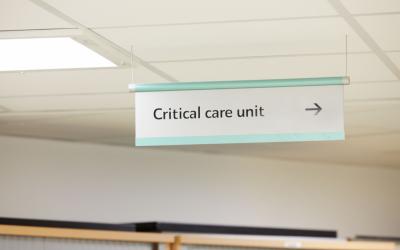
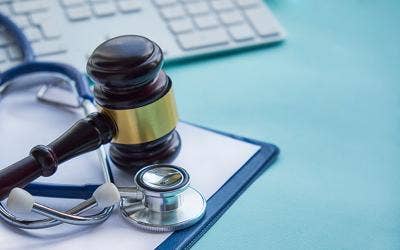
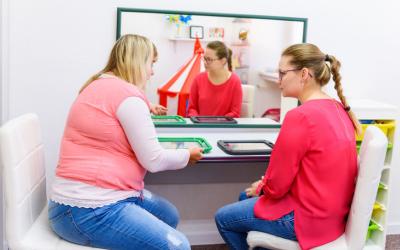






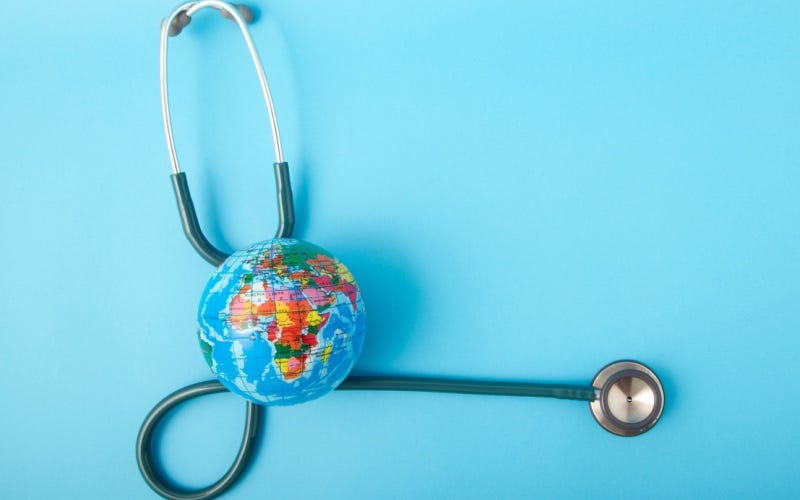
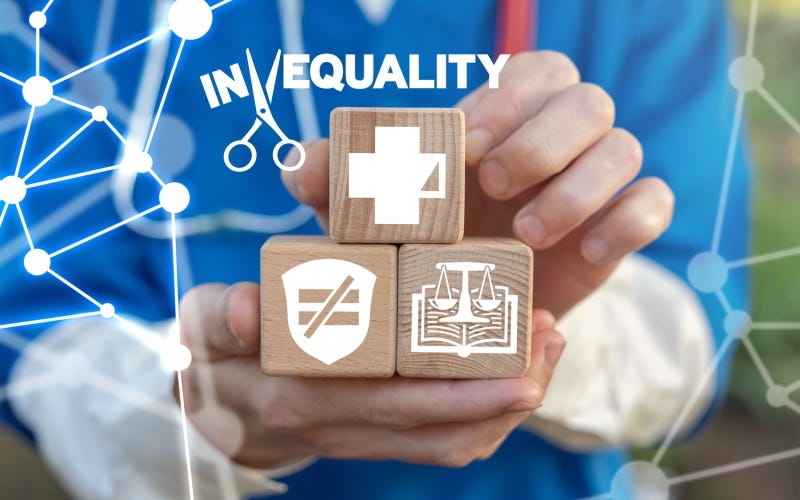
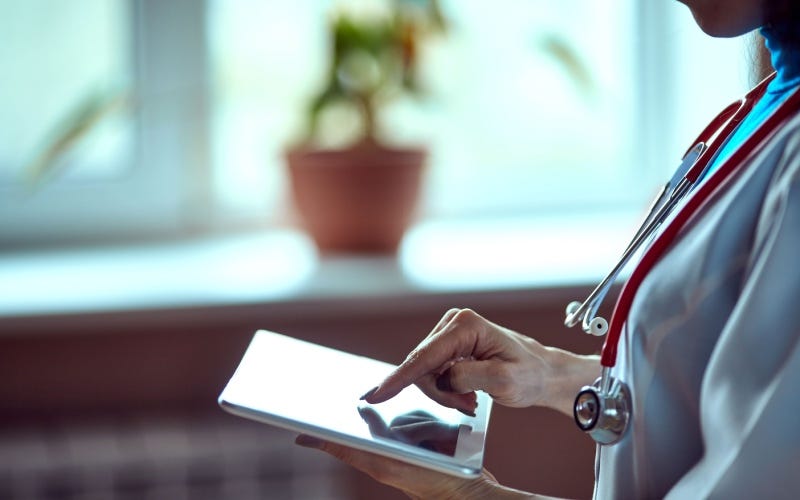

The information below is required for social login
Login to your Account